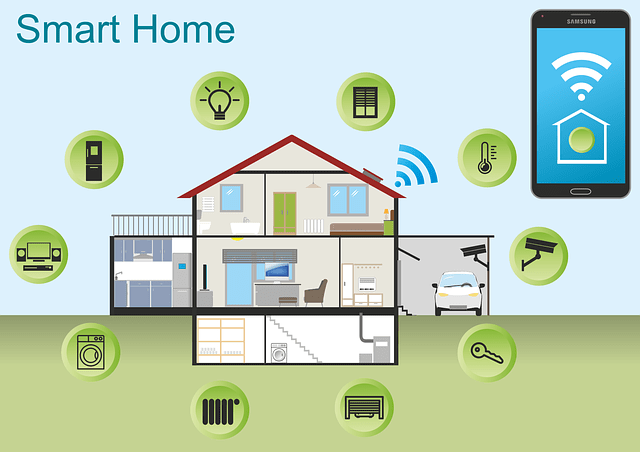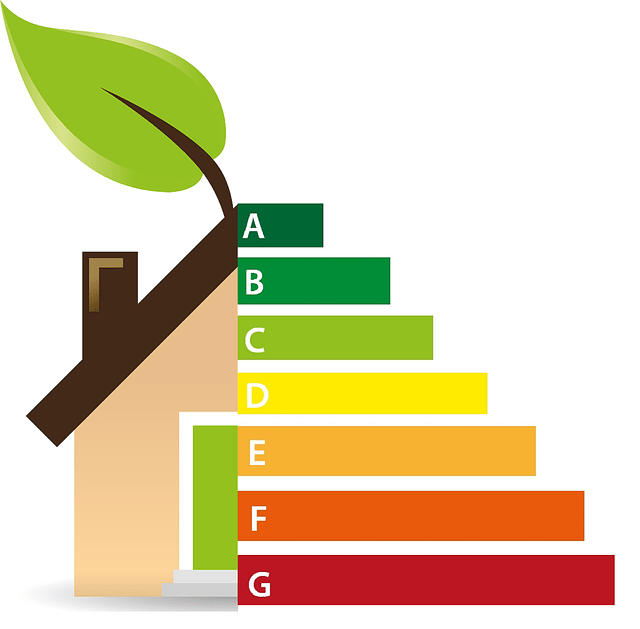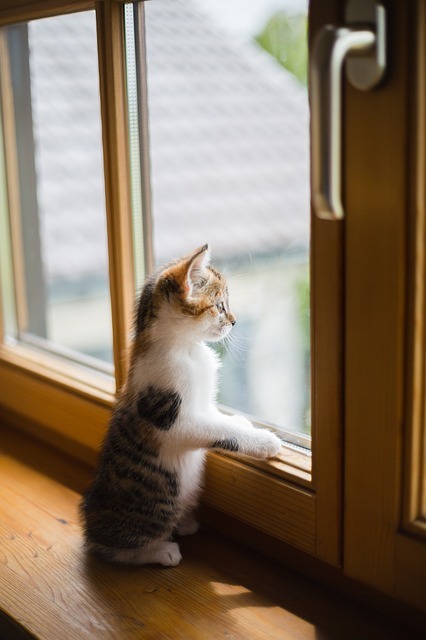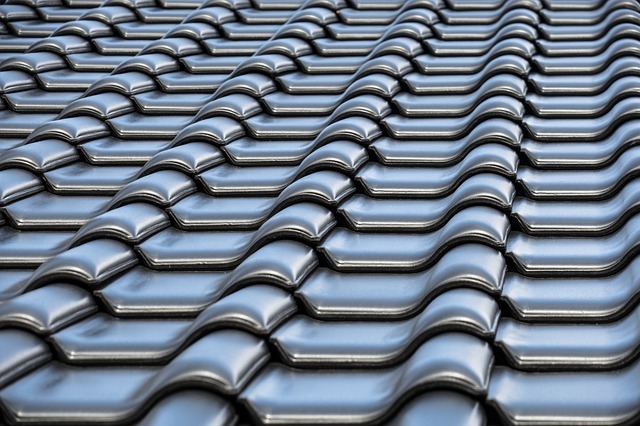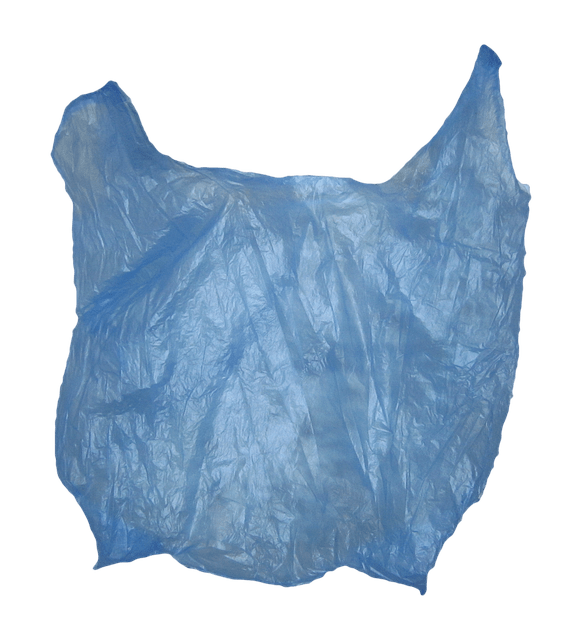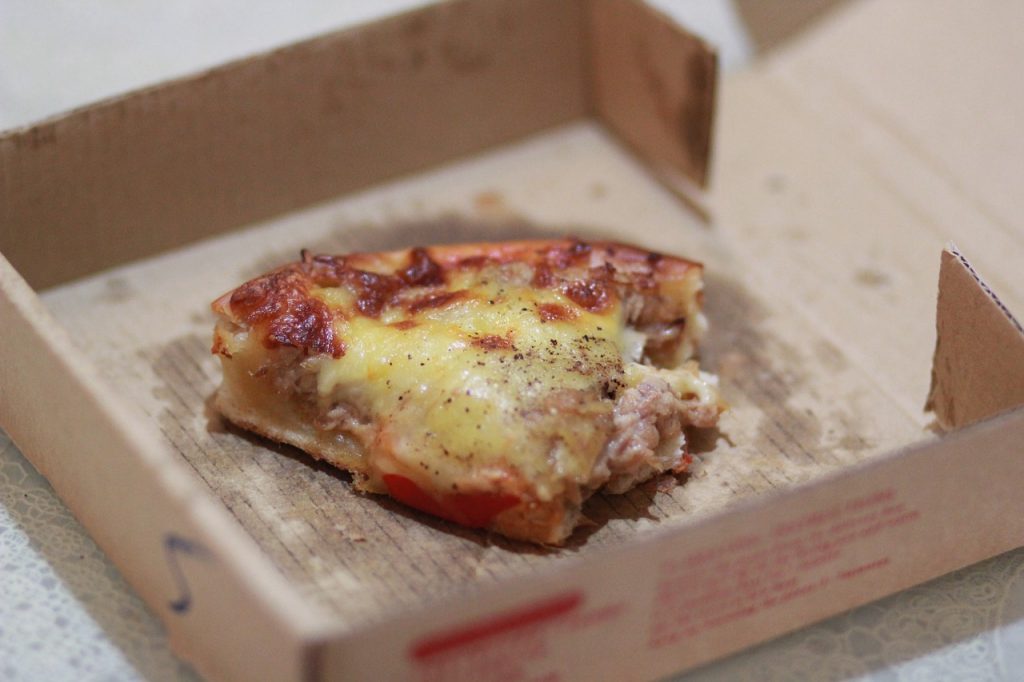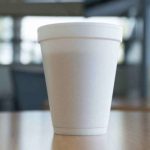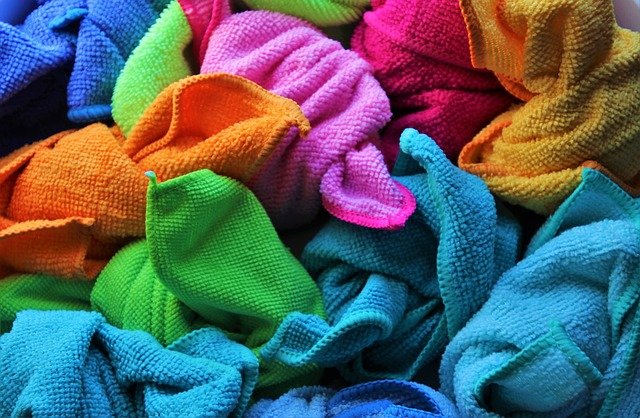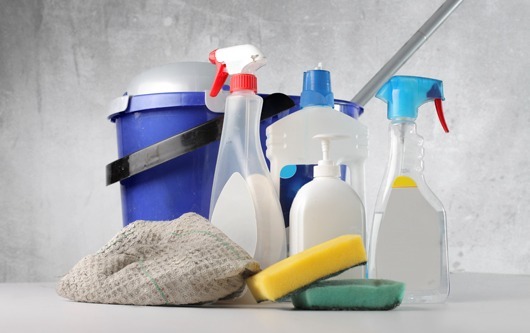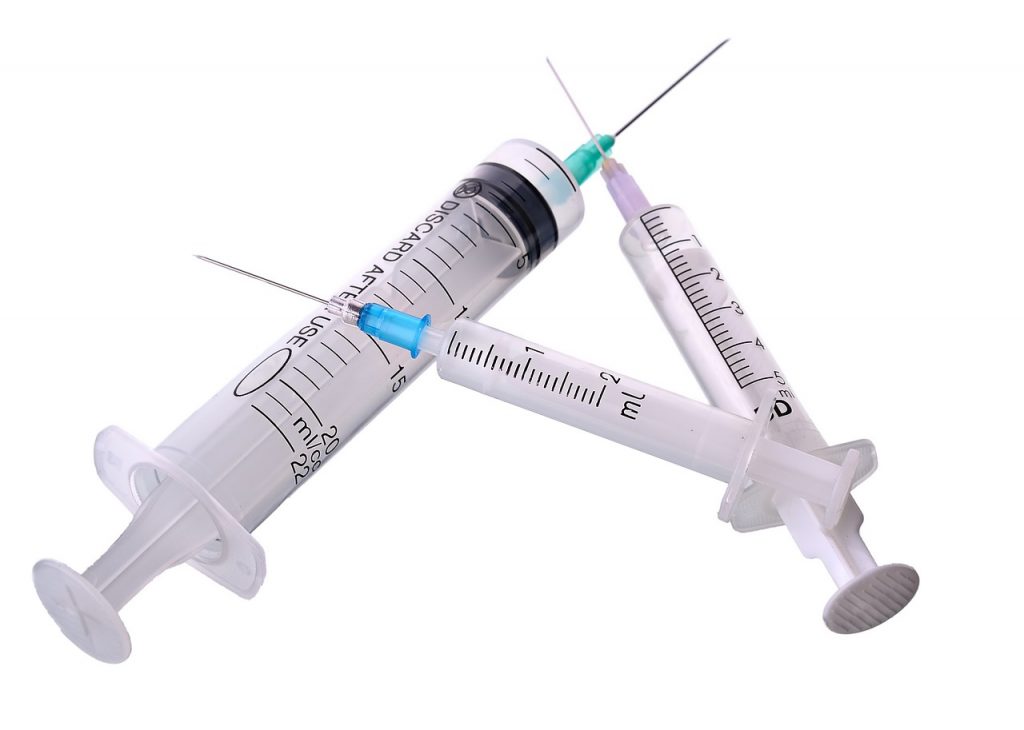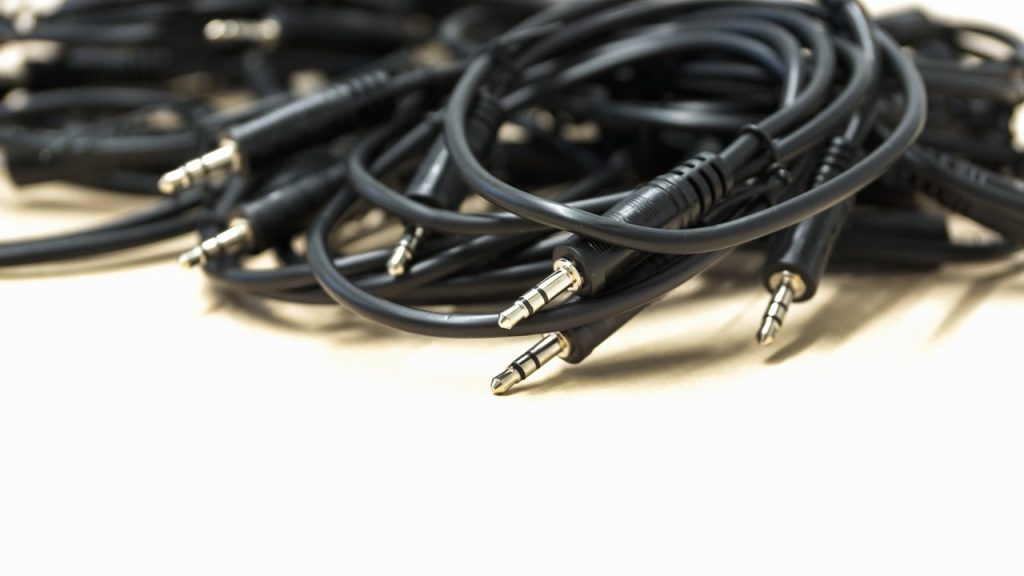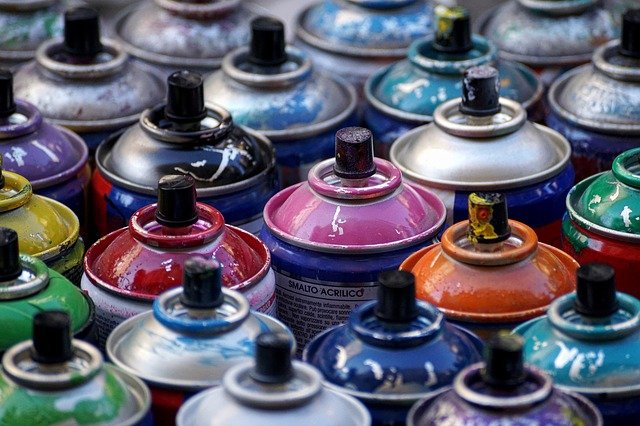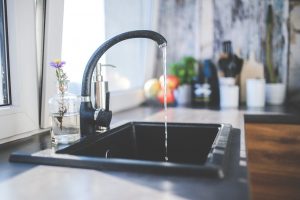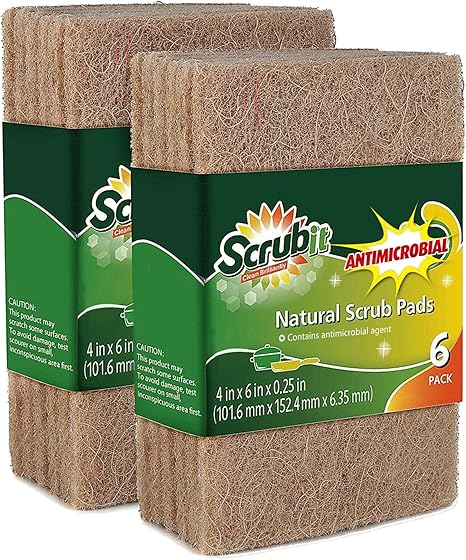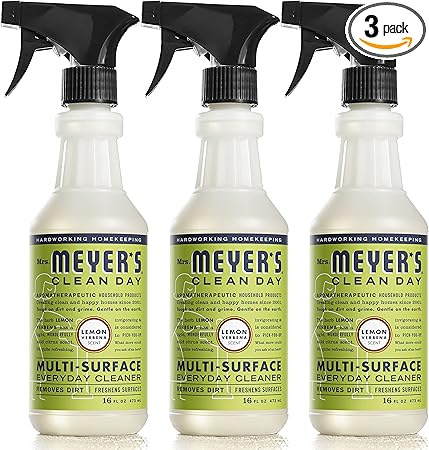as an Amazon Associate I earn from qualifying purchases.

Molds naturally occur as a byproduct of damp environments. More often occur in winter or after long continuous rainy days which cause condensation to happen in the house. While mold growth is very common in the household, it can potentially contribute to dangerous respiratory illness and can make asthma and allergies worsen when it’s left untreated.
Luckily, smaller areas of occasional mold growth that are caught early, can be easily removed with simple method further discussed in this article. However, depending on the type of mold and the extend of the spread, if you are dealing with particularly large areas of mold infestation, it is best handled by professional mold remediation company. The Environmental Protection Agency (EPA) suggests to call the professionals if the infected area is larger than 10 square feet or a 3-foot by 3-foot square.
But first, let’s find out how mold occurs and where he likes to hang around before removing it from the root.
Why there is mold in the house
One word: CONDENSATION.
Condensation happens when your house is too humid and the warm air hits cold surfaces.
Besides the external factors like wet & cold weather, there are several internal affairs that contribute to the increase of airbourne moisture causing condensation to happen inside the house which support the mold growth. These factors can be as serious as water leaking or plumbing issue or as ordinary as daily household activities like: drying your washings (cloth) indoors on radiator in winter, cooking on a pot without lid, hot baths & showers in winter. All these activities add certain amount of moisture to the indoor air.
Let’s see below how the moisture cycle works:
When you dry your washing indoor, the heat from radiator dry the clothing, this moisture evaporate into the air. When the moisture hit any cold surfaces in the house, it reaches its dew point and turn back into water. Same principle applies to boiling kettle, cooking without lid on, hot showers, etc.
How to find mold in the house
Mold thrives in damp areas. The most common areas where you might find black mold lurking is places like basements walls, bathroom walls, behind beds and furniture like wardrobes, behind cupboards, above skirting boards, joint between ceiling and walls especially exterior walls, window frames and surrounds, also places like the shower, dishwasher, and washing machine may see mold growth from time to time.
Like many other problems in the world, it’s best to solve the issue at its early stage while it’s still easy to deal with. The same with mold, it is important to remove it right away once you spot a dot, stop its growth before it spreads.
How to clean mold off walls
Before you clean the mold, make sure that the main issue causing moisture problem that led to the mold growth has been addressed in the first place. That means, if there is water leak or plumbing issue, FIX IT!
Next, rather than turning to harsh chemicals (like bleach or borax), we can use this low budget yet powerful non-toxic natural mold removal: VINEGAR to kill mold – easily accessible through amazon and/or at your local Walmart store.
There are other cleaning agents that can be used to clean mold off walls such as soap & water, Hydrogen Peroxide, tree tea oils, baking soda, citrus extract, etc.
Will vinegar kill mold?
There are several misconceptions on the ways to get rid of mold using bleach. In fact, bleach does not kill the mold at all. It simply discolors them making it looks disappear while the mold spores are still around and we still inhaling them.
The best natural mold solution is none other than Vinegar.
Most household White Vinegar typically contain around 5% acidity. With its antifungal and acidic antibacterial characteristics, vinegar becomes one of the best natural mold removers. In Fact, it is the most popular eco-friendly, non-toxic multipurpose daily household cleaner.
Where not to use vinegar to kill mold
Although the vinegar’s acidity is its source of power for cleaning and disinfectant, it also has the potential to damage certain types of surfaces in the house.
While you can safely use vinegar to kill mold on a wide range of surfaces, it is best to keep far away from the following surfaces:
- Stone counter tops
Because vinegar is a natural disinfectant, it’s commonly used to clean and disinfect countertops after food preparation. However, make sure you DO NOT use it on Stone Countertops (eg. granite or marble tops) as the acid in vinegar can damage and discolor stone surfaces, make them dull and lose their shine overtime. Use warm water with mild dish soap or a natural stone cleaner instead.
- Concrete walls
Although vinegar is unlikely to damage the concrete surface itself, it may harm the surrounding cement.
- Wooden walls or floors
It is not recommended to use vinegar to kill mold off wooden surfaces as it may break down the protective finish, allowing water to penetrate, dissolve and leave watermark and may further degrade the wood floor overtime.
Some research suggests that if you diluted the vinegar, it may reduce the harm as the acidic level has lowered. However, this also means its effectiveness in killing mold has lowered too.
- Porous surfaces
With porous or absorbent surfaces such as carpet or ceiling tiles, it will be ineffective to use vinegar to kill mold off these surfaces. It is best to simply replace them instead of trying to cleaning them.
Step by Step on How to use vinegar to clean mold off walls?
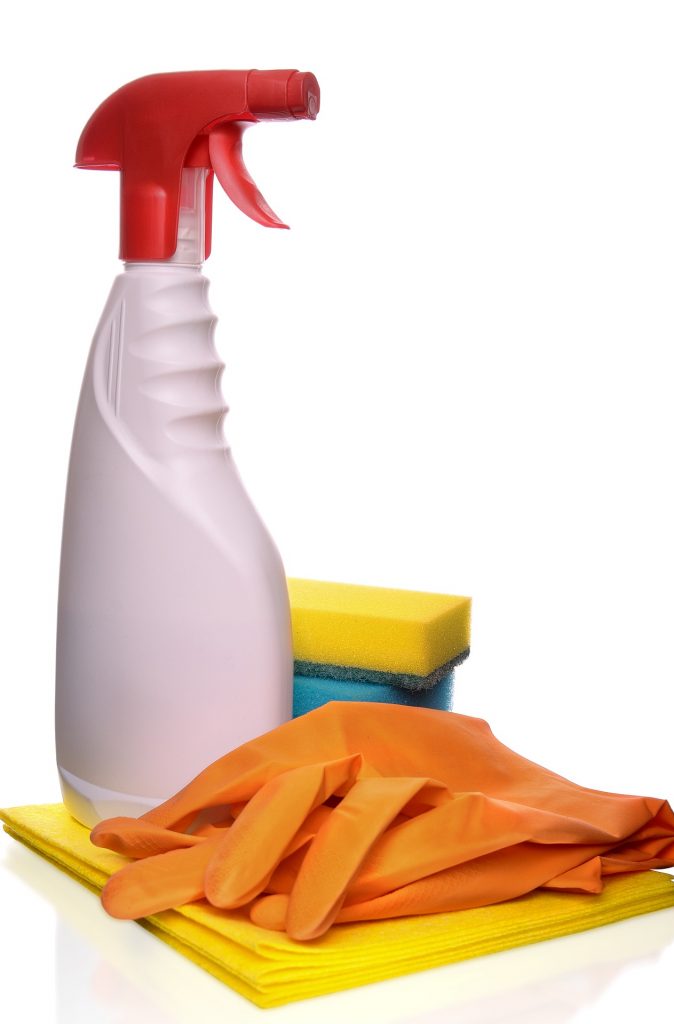
First, prepare the materials you’ll need:
- Distilled White Vinegar (Undilluted)
- Spray bottle or Bucket water
- Sponge or Scouring Pad and/or Soft Brush
- Rubber gloves
- Face Mask
- Eye protection (ie.goggle)
Then, follow below Instructions:
Step 1. Ventilate the room
Open doors and windows to help ventilate the area you’re working in. Turn on the exhaust fan where possible.
Step 2. Wear protective gear
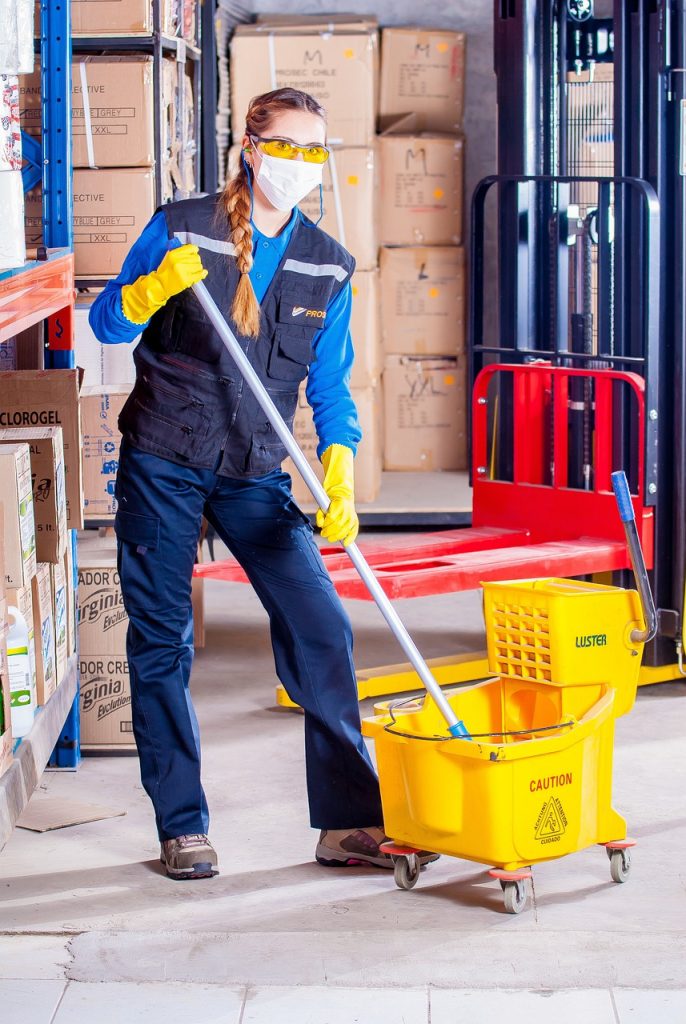
Prior to cleaning the moldy surfaces, make sure to put on your protective gears (mask, goggle, gloves) as direct contact with mold may cause irritation or allergic reaction, especially when the mold spores become airborne during cleaning process.
Step 3. Apply the Vinegar
Pour undiluted distilled white vinegar into empty spray bottle. Spray the vinegar directly on the moldy area, and allow it to sit for at least an hour. Then, scrub with a scouring pad / soft brush and rinse or wipe the area with clean warm water.
Step 4. Use baking soda scrub for tough area
For persistent mold, apply this additional step (using baking soda solution) and spray directly onto moldy remains. Mix a teaspoon of baking soda with two cups of water and shake vigorously. Spray onto mold stain and scrub it off. Then use a damp towel to wipe the area clean.
Step 5. Finish off with final spray
If you don’t like the smell of vinegar, add some essential oil (eg. lemon oil, lavender oil, tea tree oil) into diluted vinegar spray. Give the area a final spray and leave it to air dry. This last spray will help prevent mold from growing back.
How to prevent mold to revisit
Mold likes moist environments. In order to avoid mold from growing back, we need to first reduce the source of moisture wherever possible.
This is how you can do it:
- Don’t dry cloth/washing indoor
Use tumble dryer to dry cloth. If unavoidable, use dehumidifier in the room when hanging your wet cloth indoor.
- Always use lid on your pan while cooking
Not only it limits airborne moisture, your food cooked faster too – saves energy [ticked].
Don’t forget to close door to prevent steam from entering rest of the house. Make sure to turn on the ventilator / rangehood while cooking.
- Always turn on the extractor fan while having hot bath / shower
Look for high-capacity extractor fan or the one with build in humidity sensor – google “high capacity/high flow extractor fan”; alternatively, open window after shower to allow air movement (except in winter, where outside air is more humid and damp than indoor).
[a good Rule of thumb: if u can’t dry cloth outside, close the window. There is No merit at all to let damp air outside back inside the house.]
- Use dehumidifier and HVAC systems to keep humidity level under control
Consider using a dehumidifier in mold prone areas like the basement, bathroom, and kitchen. Ideally, keep the humidity level indoor below 50%.
- Keep your house well ventilated
Use extractor fans in the kitchen and bathroom. Open windows for air circulation where possible (except if outside air is more humid than indoor). Make sure you have proper ventilation system in place especially if you live in an area with high humidity level.
- Repair any leaking issues
Fix any water leaks or HVAC (Heating, Ventilation, and Air Conditioning) issues. Repair or replace leaking windows to help prevent mold growth around the frame.
- Add mold inhibitors to paint OR use fungicidal coating
Mix mold inhibitors into your paints and paint it away on your walls in the next reno.
OR simply add another layer of fungicidal coating as top coat on the wall to protect the surface from mold and mildew growth. Make sure you have cleaned the area from dust and mold prior to painting.




